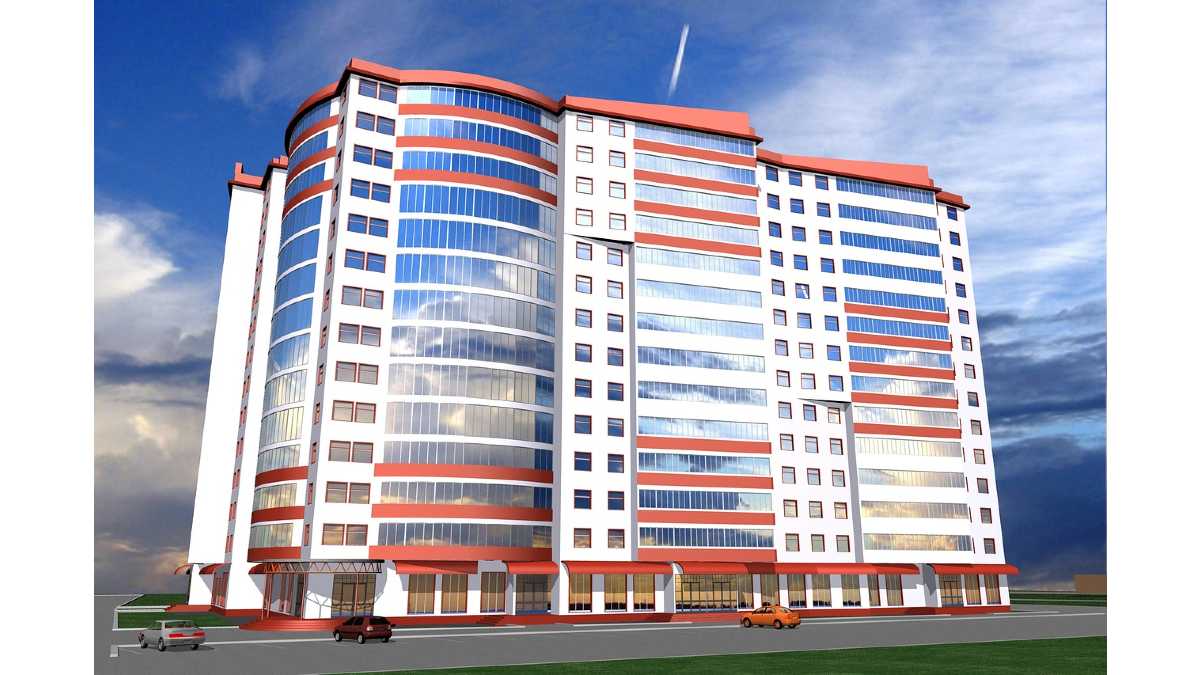 There are several challenges that arise when installing or replacing equipment designed for residential buildings.
There are several challenges that arise when installing or replacing equipment designed for residential buildings.
By Alfredo Sotolongo*
The most economical energy to produce is the one that is saved!
It was more than 50 years ago, in the 70s, that the bonanza of multi-floor residential condominiums began. In many of our tropical countries, the companies developing these projects did not include air conditioning. The owners solved that problem by installing "splits" systems, which cooled, but did not control humidity or save energy.
Some of these companies realized that the ideal would be to design the air conditioning system using self-contained water condensation units with cooling tower, which represented better diversity in thermal load, lower initial costs and lower electricity consumption. In some cases, although on a smaller scale, they used chillers also with cooling towers and inside "fan Coil" type units.
In most cases the engineers who design the air conditioning system always try to comply with ASHRAE standards when it comes to ventilation of conditioned areas and energy consumption. To condition the outdoor ventilation air it is necessary to cool it and then reheat it to achieve the desired conditions and at the same time minimize energy consumption. In order to maximize the interior space, it is about locating the following equipment on the roof of the building:
• Direct expansion units with reheating by modulating hot gas.
• Modulating hot water coils from the chiller condenser.
The biggest challenge arises when the building and air conditioning equipment have passed their useful life and need to be replaced with newer and more efficient equipment. The equipment inside each apartment is much easier to replace. Equipment installed on the roofs of buildings that conditions outside air and has to process air at high enthalpy conditions is the one that deteriorates the fastest. This depends on the conditions of the outside air and/or its proximity to the sea.
We have been involved in projects where the buildings are surrounded by other constructions that make it impossible to use cranes, and using helicopters represents an extraordinarily high cost. We have solved this problem using the cargo elevator or the one with the highest capacity, doing the following:
• We have climbed the completely disassembled Protec cooling towers and on the roof we have completed the assembly.
• For DX direct expansion pack type units, with modulating hot gas reheating, we have combined variable refrigerant volume condensing units with Aaon or Evac air handling units, which are raised disassembled and assembled on the roof.
• For Multistack chillers we have two options: each module of the highest capacity that fits in the elevator is selected from the compact modular type, or non-modular is selected and disassembled in the factory after testing, and once on site they are raised to the ceiling to be assembled.
In any of these cases, the important thing is that before ordering the equipment, all the details of the location to which they are intended are analyzed and the necessary accessories are taken into consideration to successfully complete the installation.
If you are interested in more details of each type of installation, please contact the email [email protected].
* President of Protec, Inc., is certified as a professional engineer in Puerto Rico and the state of Florida; has more than 40 years of experience in the application and sale of systems and equipment for energy conservation. He is a member of ASME (American Society of Mechanical Engineers), AEE (Association of Energy Engineers), ASHRAE and was president of the Miami chapter of that association.














